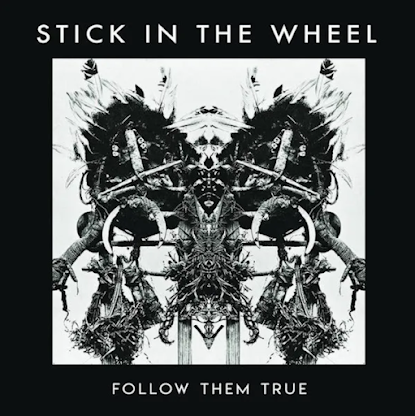#Donovan #folk rock #psychedelic folk #singer-songwriter #1960s #music video #Häxan
One of the first songs to fit the "psychedelic" genre, Donovan recorded it in May 1966, shortly before his highly publicized arrest for possession of marijuana. The genesis of this song goes back to an evening at folk music notable Bert Jansch's house in north London, when fellow acoustic master John Renbourn showed Donovan a D ninth chord. From that Donovan built up a riff that, according to the memories of those present, he then played solidly for the next seven hours. "There was a feeling, even then, that all was not perfect in the Garden of Eden," he said of the song in an interview with Mojo magazine June 2011. "Dealers were moving into bohemia and hard drugs were on the fringes. The song was also prophetic. It was about the bust, although of course I couldn't know that then."
This song is ideal for long jams. The two main chords (A and D) are played during the verses, and during the chorus there are three chords (A, D and E). In Mojo magazine, January 2005, Donovan said: "Season of the Witch' continues to be a perennial influence because it allows a jam – not a 12-bar or Latin groove, but a very modern jam. Led Zeppelin used to warm up every day to it on the road during the soundcheck. It makes me very proud that I've created certain forms that other bands can get off on, to explore, be experimental, or just break the rules."
In the same Mojo interview, Donovan said: "I remember the bass line going down and Mickie saying, 'We've got a problem. The engineers are saying that they can't turn the bass up.' I said, Why? They said, 'Well, it's going into the red.' And so he said to the engineers, 'Look, you go into the red, I'm giving you permission. Go in the red! That's the bass sound I want. Very, very loud.' And they said, 'Well, we'll have to have a meeting.' So they went upstairs and had a meeting about whether the bass should go into the red. And they came down, they said, 'No, I'm sorry, the equipment can't stand it.' So Mickie Most said, 'Look, I've just made a record deal with your boss Clive Davis for $5 million and seven bands. And he's given me $1 million right now. So do you think if I phone him up, you'd give me a little bit more bass?' And they looked at each other, and immediately realized that their jobs were on the line. They said, 'OK, you've got more bass.' We got more bass the needle went into the red, the equipment didn't blow up. I guess next time they made that needle, they did that thing by just moving the red bit a bit farther to the right, like in Spinal Tap: 'My amp goes up to 11!'"
This song was covered by Al Kooper (Blood Sweat & Tears, The Blues Project) and Stephen Stills (Buffalo Springfield, Crosby Stills Nash & Young) on the historically significant 1968 album Super Session. That gives us an excuse to tell a fun story: Stills was brought in midway through recording the album to replace Mike Bloomfield (Butterfield Band, Electric Flag). Now, Kooper was originally enthusiastic to play with Bloomfield, but Bloomfield had a habit of ditching at the worst possible time. So when he showed up at Al Kooper's house, Bloomfield complained of an infected toe, then proceeded to use the most expensive crystal bowl in the house to soak his toe in. A photo of this (the toe) ended up on the back cover of the Super Session album. Then Mike Bloomfield simply disappeared in the morning, leaving only a note saying that he'd had insomnia. It wouldn't even be the last time he stood up Al Kooper! In his memoir Backstage Passes and Backstabbing Bastards, Al Kooper mentions that he's been moved to cover this song after a trip to London, when he'd heard Donovan's "Season of the Witch" coming out of every shop on King's Road. From: https://www.songfacts.com/facts/donovan/season-of-the-witch
Grave robbing, torture, possessed nuns, and a satanic Sabbath: Benjamin Christensen’s legendary silent film uses a series of dramatic vignettes to explore the scientific hypothesis that the witches of the Middle Ages and early modern era suffered from the same ills as psychiatric patients diagnosed with hysteria in the film's own time. Far from a dry dissertation on the topic, the film itself is a witches’ brew of the scary, the gross, and the darkly humorous. Christensen’s mix-and-match approach to genre anticipates gothic horror, documentary re-creation, and the essay film, making for an experience unlike anything else in the history of cinema. From: https://www.criterion.com/films/352-hxan
























